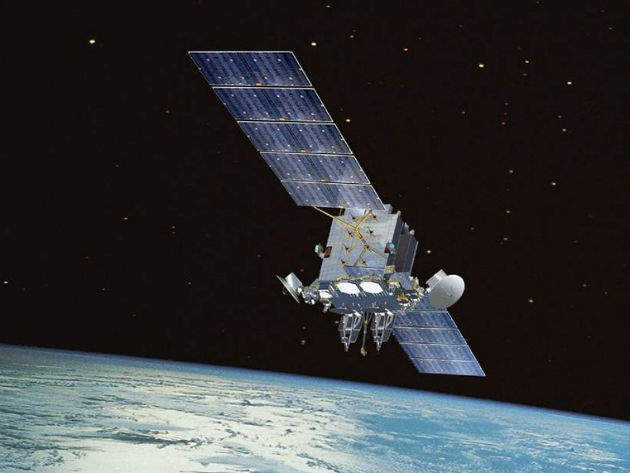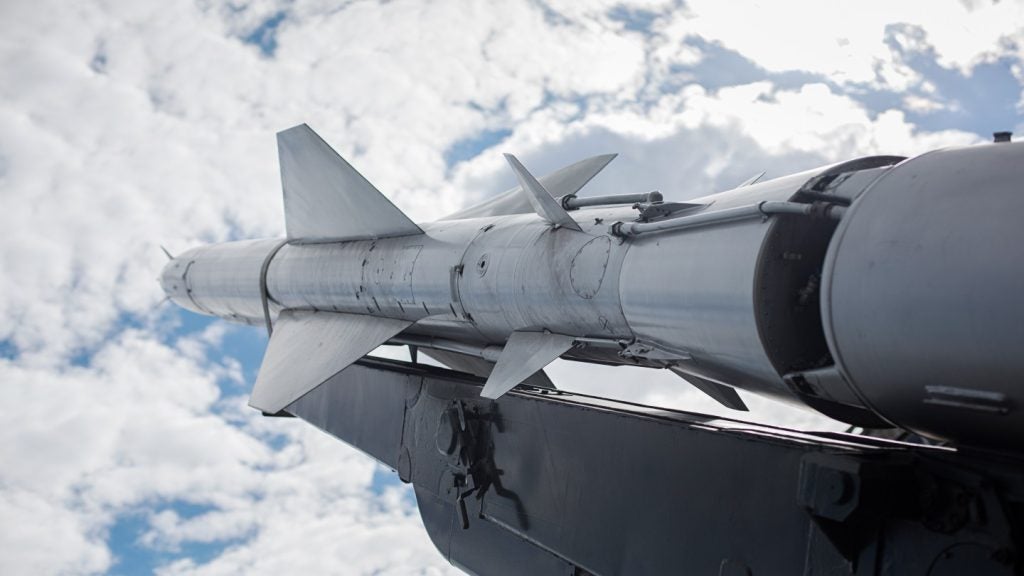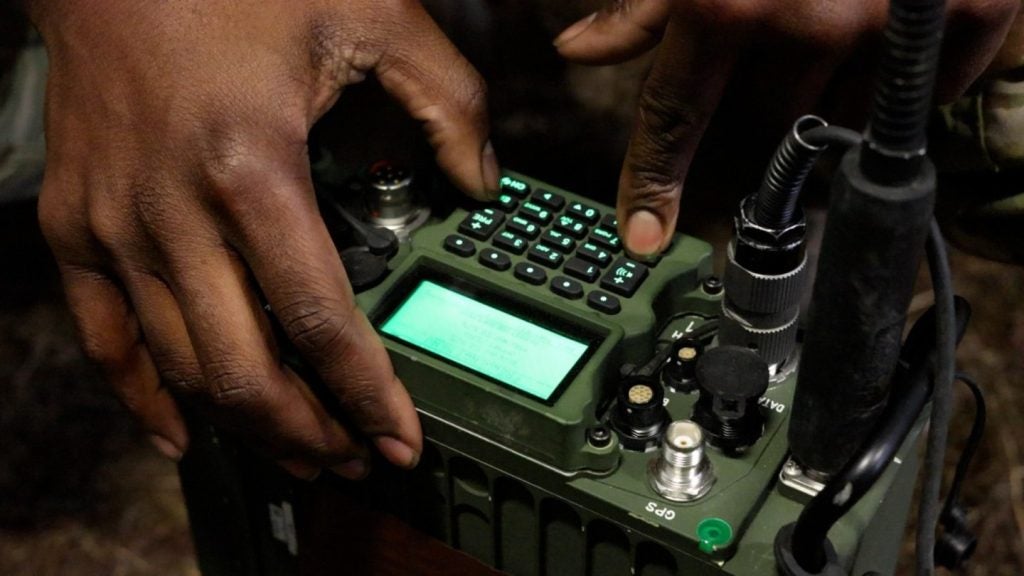
Space assets play an ever-greater role in the everyday life of civilians around the world. Whether using GPS satellite navigation to find your way from A to B, carrying out a transaction with a banking system that relies on satellite-based private networks, or even accessing Netflix through a satellite internet provider, secure and reliable satellite systems are behind many of the services we take for granted on a daily basis.
The stakes are even higher at the national level: the merchant shipping vessels that transport the vast majority of international commerce around the globe rely on accurate GPS systems, as does an increasing amount of military hardware. Soldiers, vehicles and aircraft use GPS to navigate, images captured by military satellites inform battlespace awareness at every level of the command chain, and air, land and naval weapons use GPS coordinates for targeting accuracy during combat operations.
Legal parameters
The problem with relying on these largely undefended space assets in so many ways, is that if outer space were to become a battlefield, there are no legal parameters for military uses of space, such as attacking satellites or firing weapons from space. In short, what does and does not constitute a violation of international law or a war crime?
“In international law there are areas of the law that are governed not by treaties but by a unique body of law called Customary International Law, which develops over time and out of state practice and expression that ‘this is the law’”, Michael Schmitt, Professor of International Law, University of Exeter, says. “For example, the US is not bound by any treaty that says it is unlawful to intentionally kill civilians during armed conflict; however, that doesn’t mean the US says it is lawful to do so – on the contrary, the US believes it is a war crime, and that over time states have acted in a way that demonstrates that they believe such an act is a violation of international law.”
As a result of this unique nature of international law, individuals and groups periodically put together ‘restatements of law’, which can provide guidance in the absence of law. Such a document was published in 2013 – called the Tallinn Manual – to capture the international law governing cyber operations, because there were so few treaties governing activities in cyberspace.
Space law
The space law project, called the Manual on International Law Applicable to Military Uses of Outer Space (MILAMOS) Project, aims to address legal uncertainty in space in a similar way. The collaborative venture between the University of Adelaide in Australia, McGill University in Canada, and the University of Exeter in the UK, brings space practitioners, legal practitioners and academics together with the support of state legal observers to address three broad topics.
How well do you really know your competitors?
Access the most comprehensive Company Profiles on the market, powered by GlobalData. Save hours of research. Gain competitive edge.

Thank you!
Your download email will arrive shortly
Not ready to buy yet? Download a free sample
We are confident about the unique quality of our Company Profiles. However, we want you to make the most beneficial decision for your business, so we offer a free sample that you can download by submitting the below form
By GlobalData“The first group addresses general space law, where space law experts asks questions such as, Is space reserved for peaceful purposes? And, What are the rules with regard to registering an object you are going to deploy in outer space?” Schmitt says. “The second group focuses on the use of force within the context of the UN charter. In other words, if a state engages in space activities, when have they violated the general prohibition on the use of force?
“So, if cyber means are used to throw a satellite off orbit so it crashes to earth, is that a use of force by that state, and if so, can the victim state respond in self-defence?”
The third group looks at international humanitarian law in the event that two states are at war, where both states rely heavily on space assets, as is the case in any conflict today.
“Group three says, OK, we’re at war; now what are the rules of the game? How do we protect civilians and civilian objects? How do we ensure that war which is now extending into space doesn’t unduly interfere with civilian activities elsewhere?” Schmitt explains. “So if my enemy is using GPS for warship navigation and I take out their satellites, is that going to affect civilians on the ground, and is that legal? What if I blow up an enemy military satellite and it breaks into tiny pieces so that orbit is rendered unusable for civilian purposes because it’s now full of space debris?”
The MILAMOS Project
Essentially the project is aiming to get ahead of the issue. While there have been no incidents of one country aggressively attacking another in this way, the ground is already being laid by cyber attacks which could easily translate into the space domain. And some militaries are already advancing anti-satellite weapons, both that could use kinetic force to blow up satellites or undertake proximity operations, where one space object is brought very close to another creating the possibility that it could be bumped off orbit or otherwise interfered with.
Of course there is no way to be one hundred percent sure that the MILAMOS Project will come up with all the definitive answers, particularly when dealing with issues that cannot be accurately forecast and future technologies that may not even exist today. Rather, it is about having the space experts make their best predictions about what kind of scenarios might come into play – such as the use of kinetic weapons in space – and then having the law experts deconstruct those scenarios from a legal perspective.
“Are we going to get everything right? No. The best we can do is look at what is happening today, consider where we see that going, and take a best guess at what the future will look like,” Schmitt says. “Basically we want to be looking at this before it happens, because you never want to be figuring out the law when you’re faced with a crisis. At that point the lack of time, the lack of opportunity to reflect or to ask opinions – you’re going to get it wrong.
“So that’s why we are looking at these issues now, so that when a space incident does happen there will be guidance to refer to, with broad rules agreed upon by the experts and extensive commentary discussing the issues, the sources, and interpretive differences.”
Energising discussion
The project will run for a further two years, with participation from academics and space and legal practitioners around the world. The process will also include the input of state observers, in order to keep the project based in real world practices. The results will be published as a book and then presented to states internationally, with the hope that it will be used to support the fashioning of rules of engagement for space operations and determining codes of conduct.
As Schmitt says, “Essentially we hope that states take it and engage in negotiations with each other, whether they agree with what we’ve said or not – we want to energise the discussion.”







